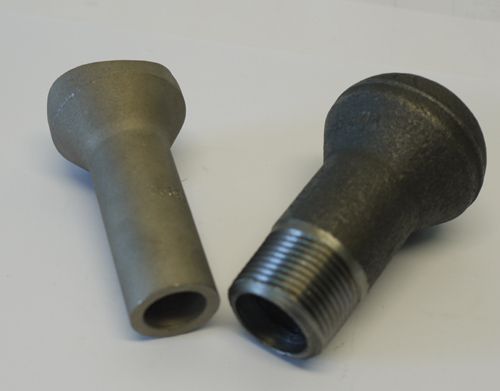
ASTM A182 is a specification for forged or rolled alloy and stainless steel pipe flanges, fittings, valves, and parts. It covers a wide range of materials, including grades such as F304, 304H, 309, 310, 316, 316L, 317L, 321, 347, and 904L. In this case, you mentioned “Nipple Outlets” in relation to these materials.
Nipple outlets, also known as nipple fittings or nipple connectors, are commonly used in piping systems to provide a connection point for the attachment of other components, such as valves, gauges, or hoses. They are typically short sections of pipe with male threads on both ends, allowing for easy installation and disassembly.
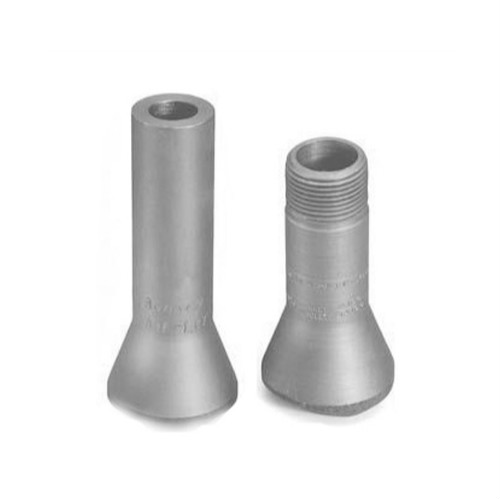
ASME B16.11 SS Nipple Outlets Available Types
| ASME B16.11 Nipple Outlets | MSS SP-97 SS 304 Nipple Outlets |
| Stainless Steel Nipple Outlets Suppliers | ASTM A105 CS Nipple Outlets |
| ANSI B16.11 Nipple Outlets Dealer | ASME B16.11 Nipple Outlets Exporter |
| Nipple Outlets Stockholder | Nipple Outlets Distributors |
| Carbon Steel Swaged Nipple Outlets | High Quality Nipple Outlet Manufacturer |
| ASTM A182 Stainless Steel Nipple Outlets | Duplex Steel Nipple Outlets |
| Super Duplex Nipple Outlet | Copper Nickel Nipple Outlets |
| High Nickel Alloy Nipple Outlet | Hastelloy Nipple Outlets Stockist |
| Titanium Nipple Outlets | Inconel Nipple Outlet |
| Nipple Outlets | Swaged Nipple Outlets |
| Nipolet Branch Outlet Fittings | SS 310S Nipple Outlets |
Technical Parameters
Nipolet Dimensions
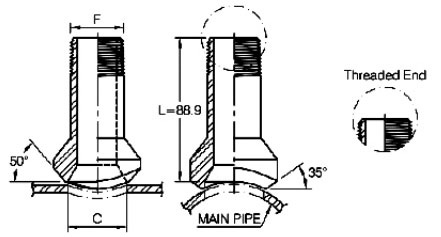
Olets Branch Connection – Nipolet Dimensions
| Nominal Pipe Size | Face to Crotch (L) | |
|---|---|---|
| 3000 Lbs | 6000 Lbs | |
| 1/8″ | 19 | – |
| 1/4″ | 19 | – |
| 3/8″ | 21 | – |
| 1/2″ | 25 | 32 |
| 3/4″ | 27 | 37 |
| 1″ | 33 | 40 |
| 1 1/4″ | 33 | 41 |
| 1 1/2″ | 35 | 43 |
| 2″ | 38 | 52 |
| 2 1/2″ | 46 | – |
| 3″ | 51 | – |
| 4″ | 57 | – |
When it comes to nipple outlets made from ASTM A182 materials, each grade offers specific properties and characteristics that make them suitable for different applications. Let’s take a closer look at some of the mentioned grades:
-
F304: This grade is a general-purpose stainless steel with excellent corrosion resistance and good mechanical properties. It is commonly used in various industries, including chemical processing, food and beverage, and pharmaceutical.
-
304H: Similar to F304, 304H is a high-carbon version of 304 stainless steel. It offers enhanced strength and high-temperature resistance, making it suitable for applications involving elevated temperatures.
-
309: This grade is known for its high-temperature strength and resistance to oxidation. It is often used in heat treatment furnaces, kilns, and other applications where resistance to high temperatures is required.
-
310: 310 stainless steel is highly resistant to high-temperature oxidation and corrosion. It is commonly used in applications such as furnace parts, heat exchangers, and radiant tubes.
-
316 and 316L: These grades are widely used in industries that require excellent corrosion resistance, such as marine, chemical, and pharmaceutical. They offer good strength and are resistant to pitting and crevice corrosion.
-
317L: 317L is a low-carbon version of 317 stainless steel, offering improved corrosion resistance in highly corrosive environments. It is commonly used in chemical processing, pulp and paper, and offshore oil and gas applications.
-
321: This grade contains titanium, which stabilizes the material against sensitization during welding. It offers excellent resistance to intergranular corrosion and is commonly used in applications involving high temperatures.
-
347: Similar to 321, 347 stainless steel contains columbium, which provides stabilization against sensitization. It offers improved intergranular corrosion resistance and is often used in high-temperature applications.
-
904L: 904L is a high-alloy austenitic stainless steel with excellent corrosion resistance, particularly in acidic environments. It is commonly used in industries such as chemical processing, pharmaceuticals, and offshore oil and gas.
When selecting nipple outlets made from ASTM A182 materials, it is important to consider the specific requirements of your application, including the operating conditions, temperature, pressure, and the compatibility of the material with the conveyed fluids or gases. Consulting with a qualified engineer or supplier can help ensure the appropriate selection of nipple outlets for your specific needs.
In conclusion, ASTM A182 materials offer a wide range of options for nipple outlets, each with its own unique properties and suitability for different applications. Understanding the characteristics of the specific grades mentioned, such as F304, 304H, 309, 310, 316, 316L, 317L, 321, 347, and 904L, can help in selecting the appropriate nipple outlets for your piping system requirements.

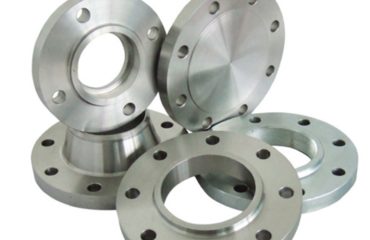
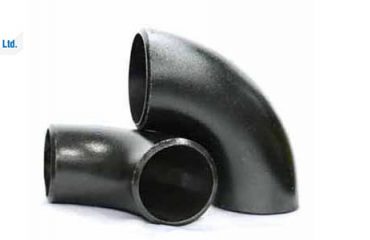
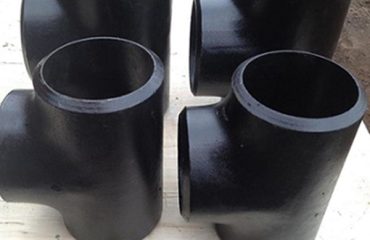
You must be logged in to post a comment.